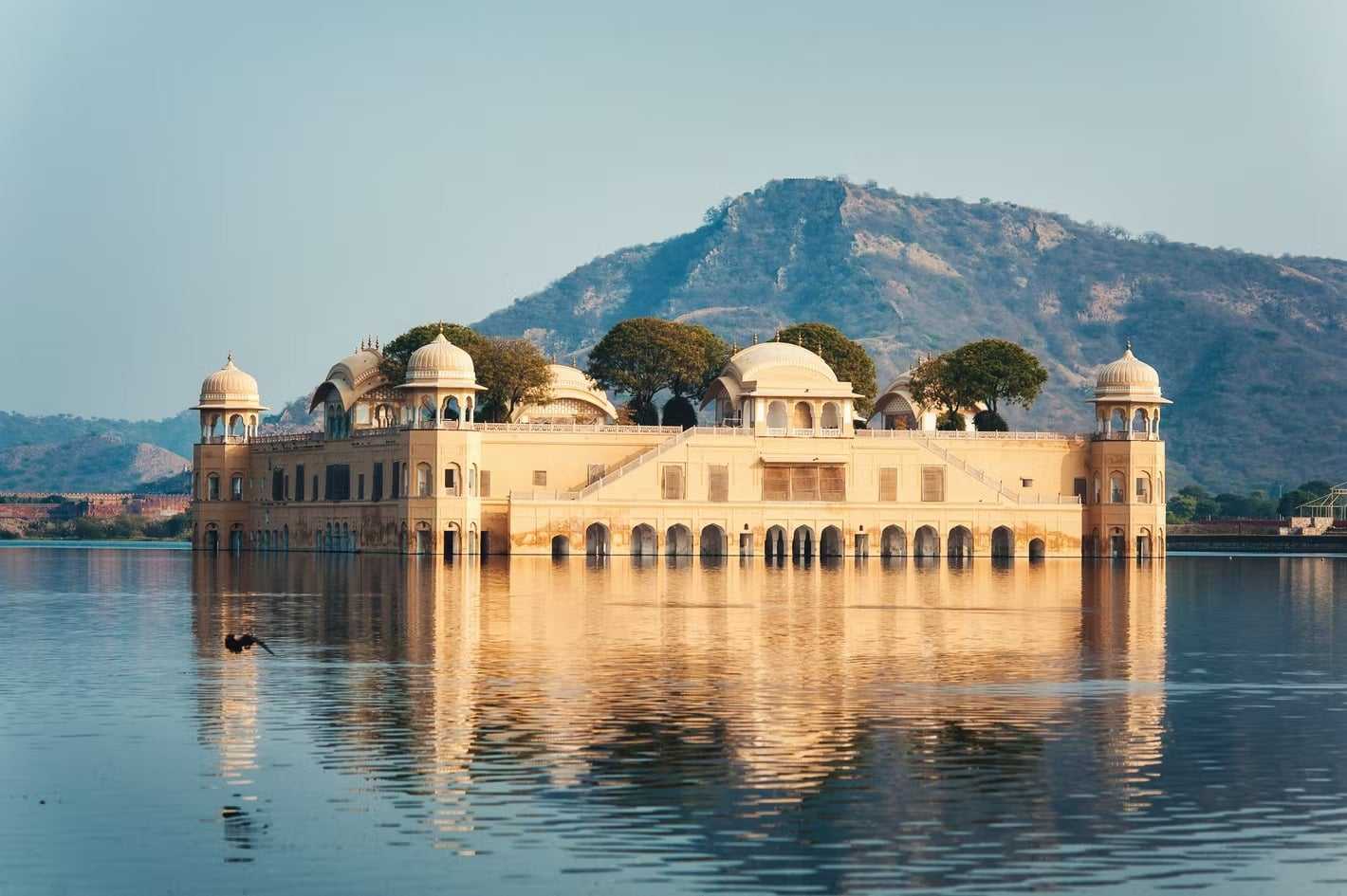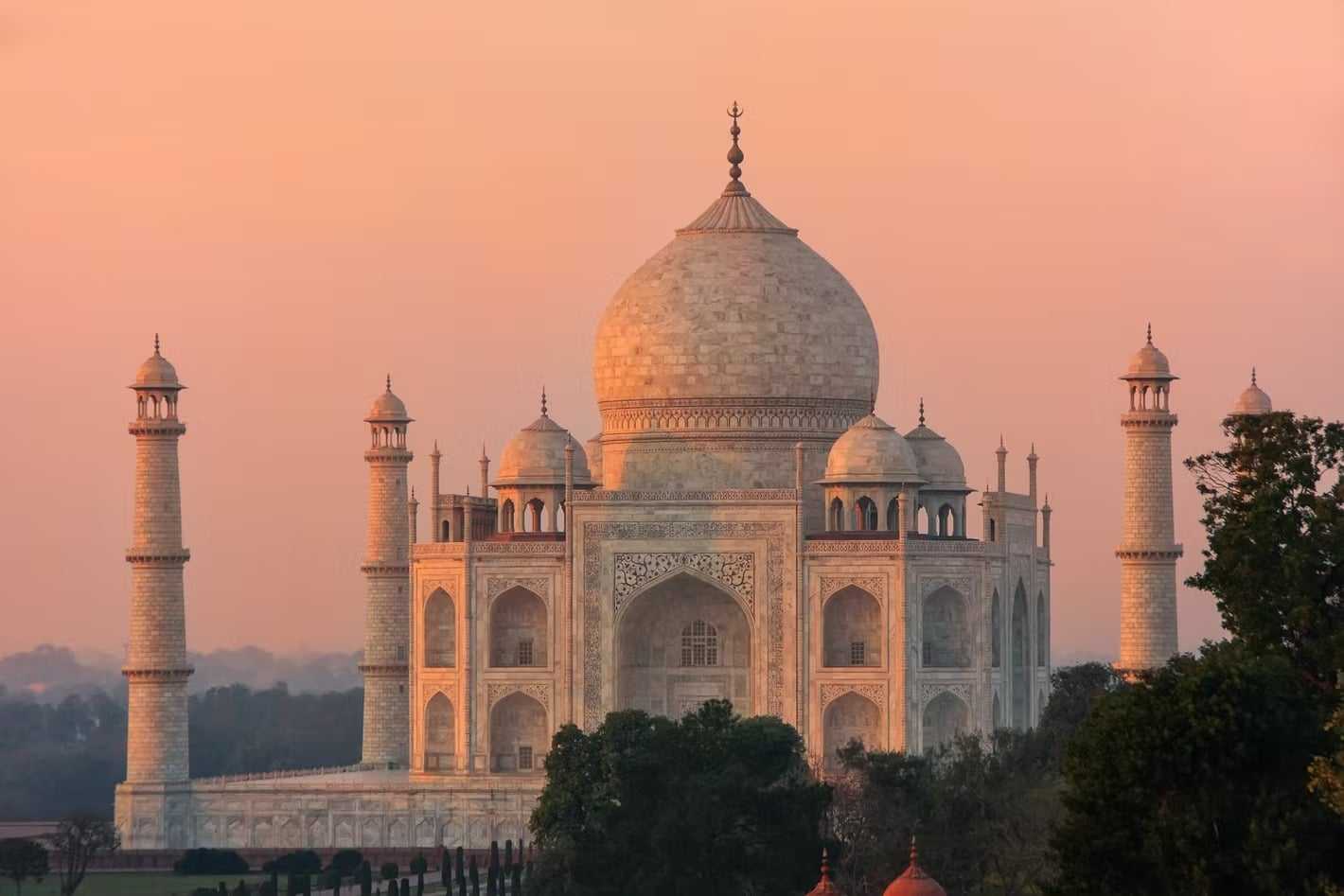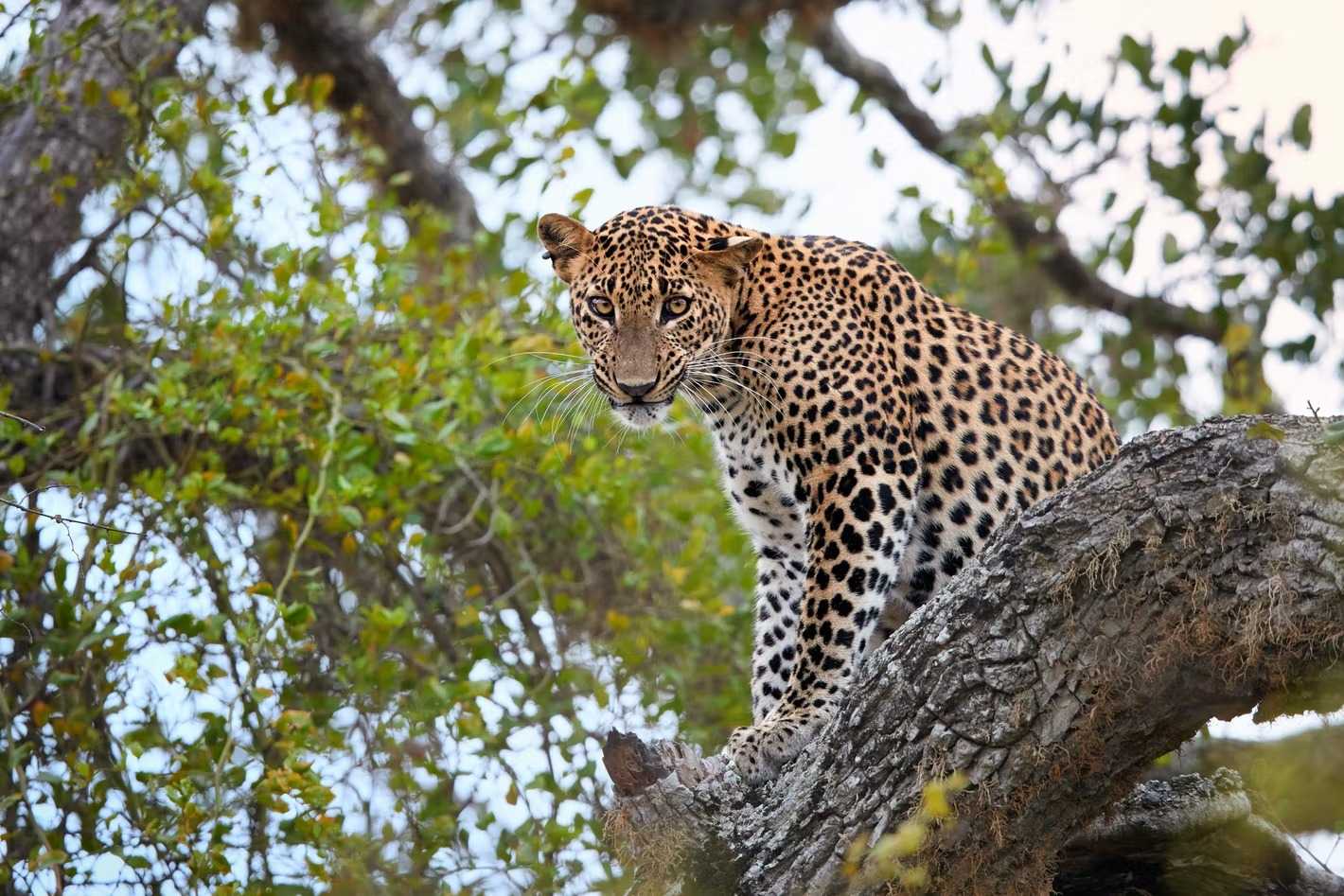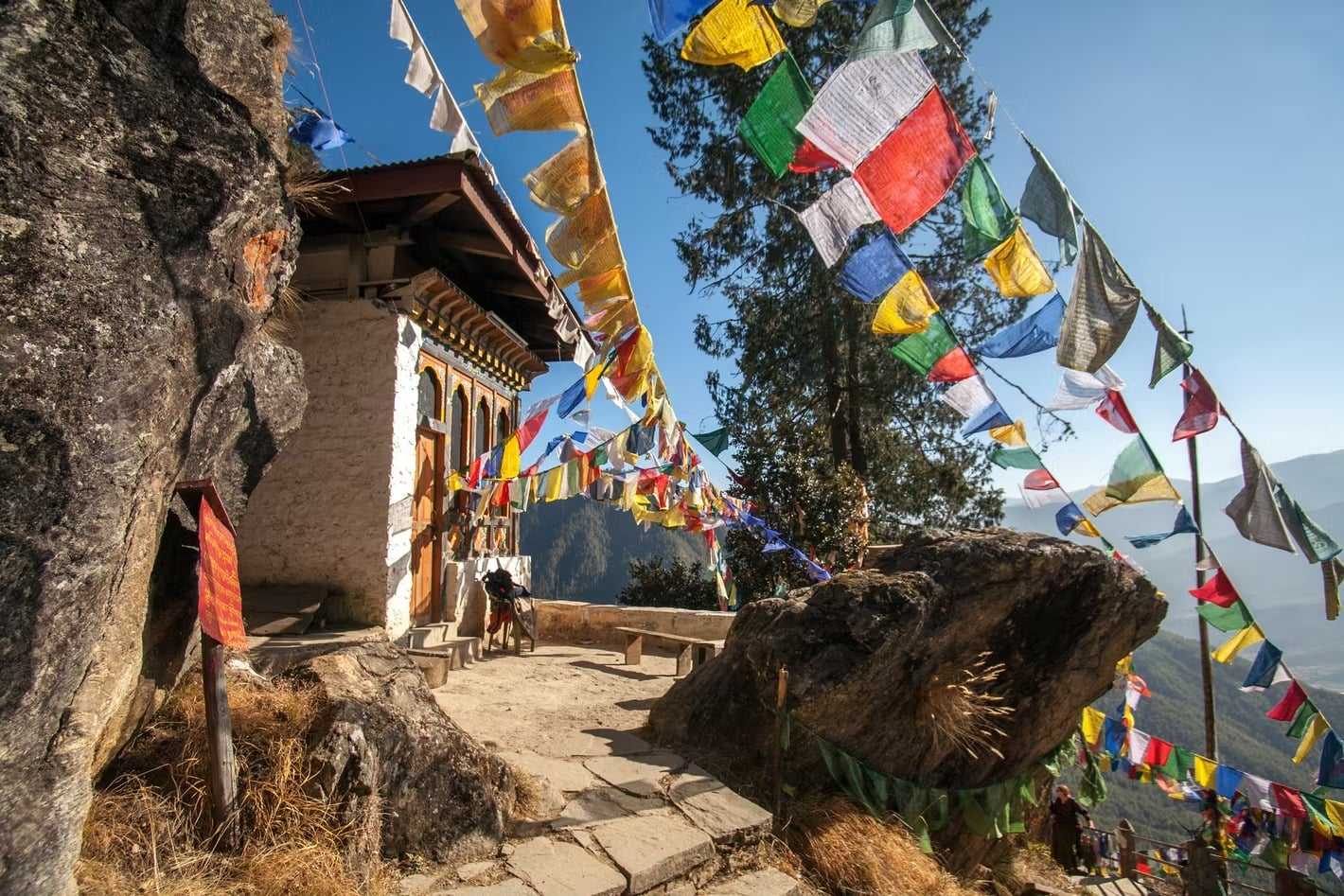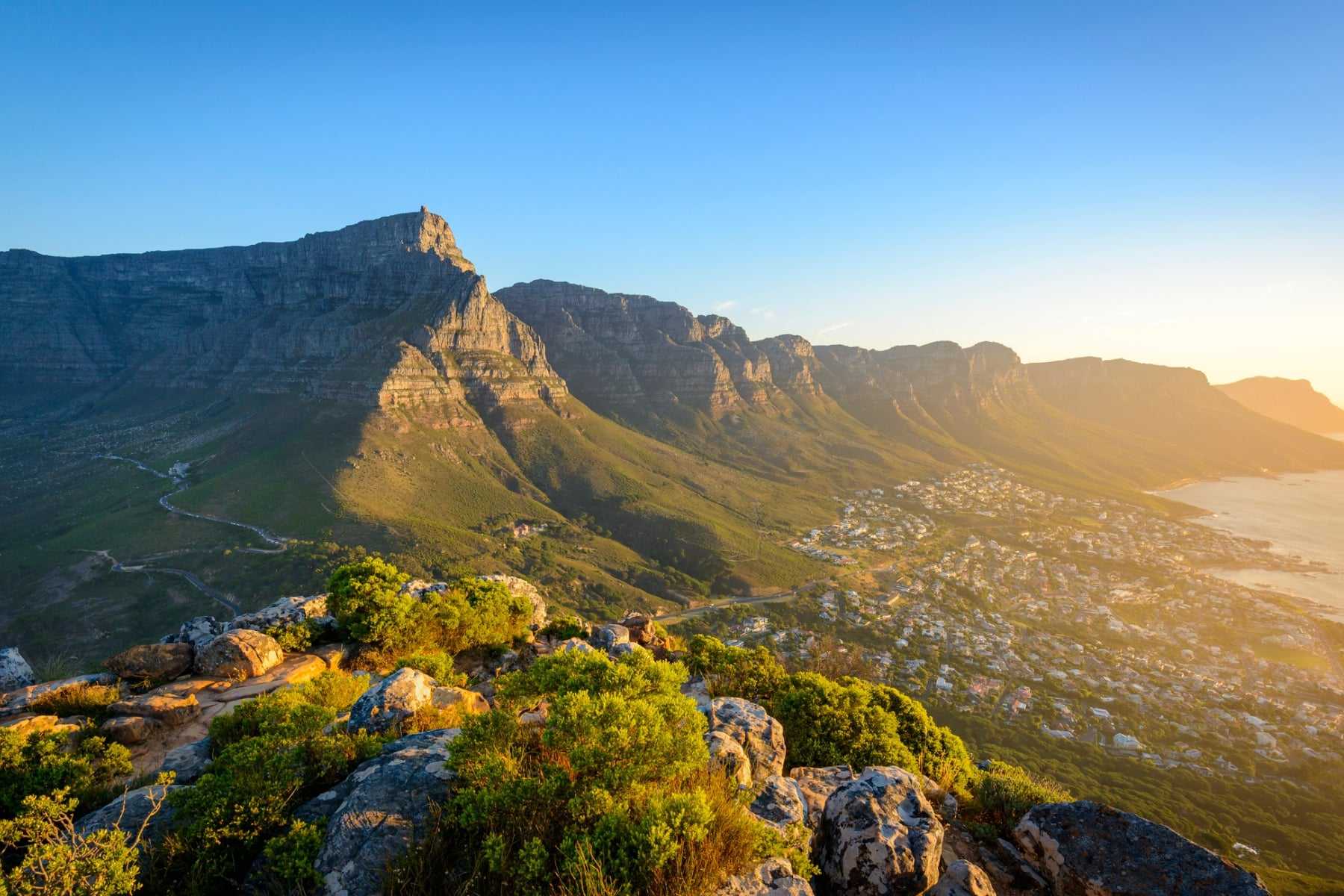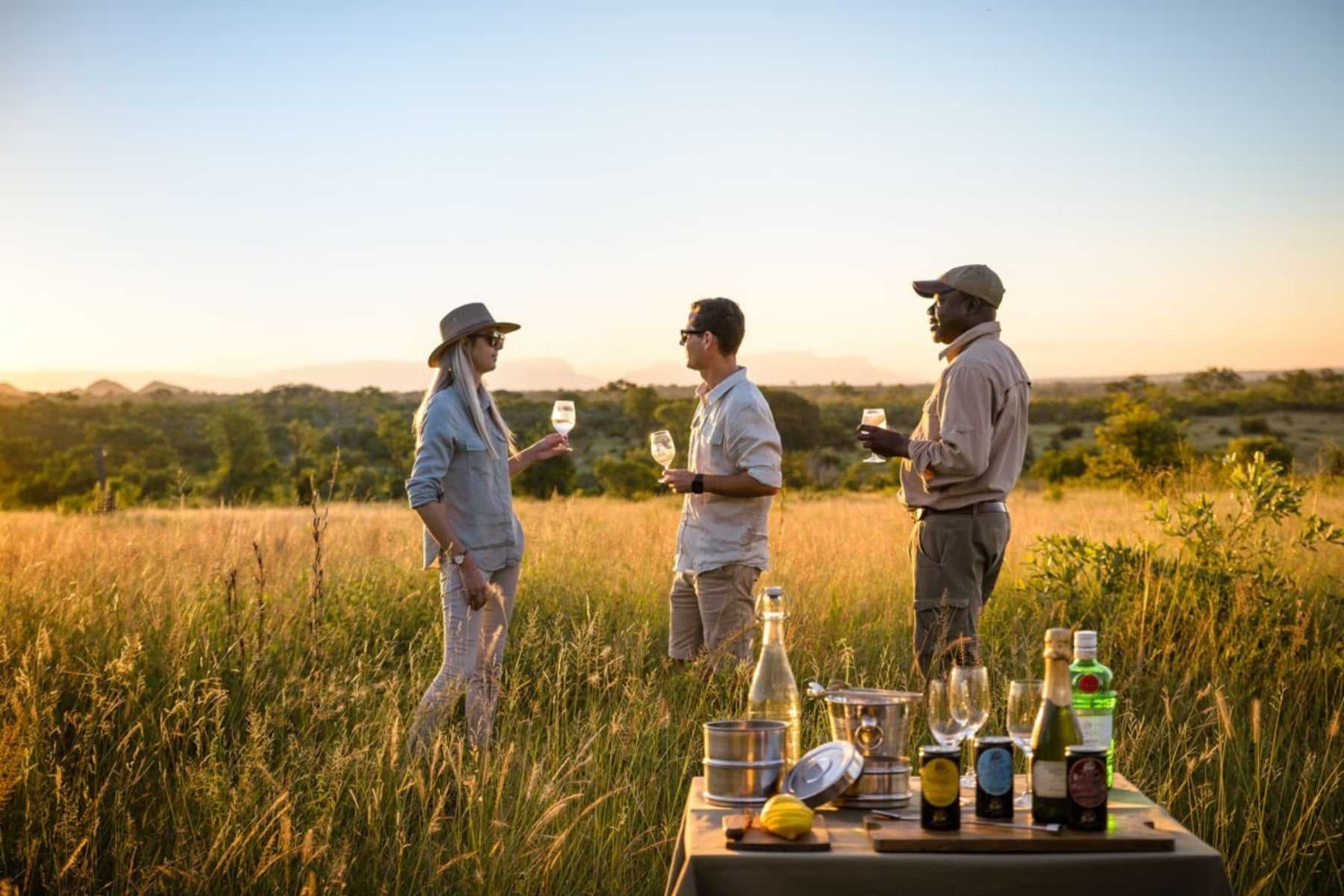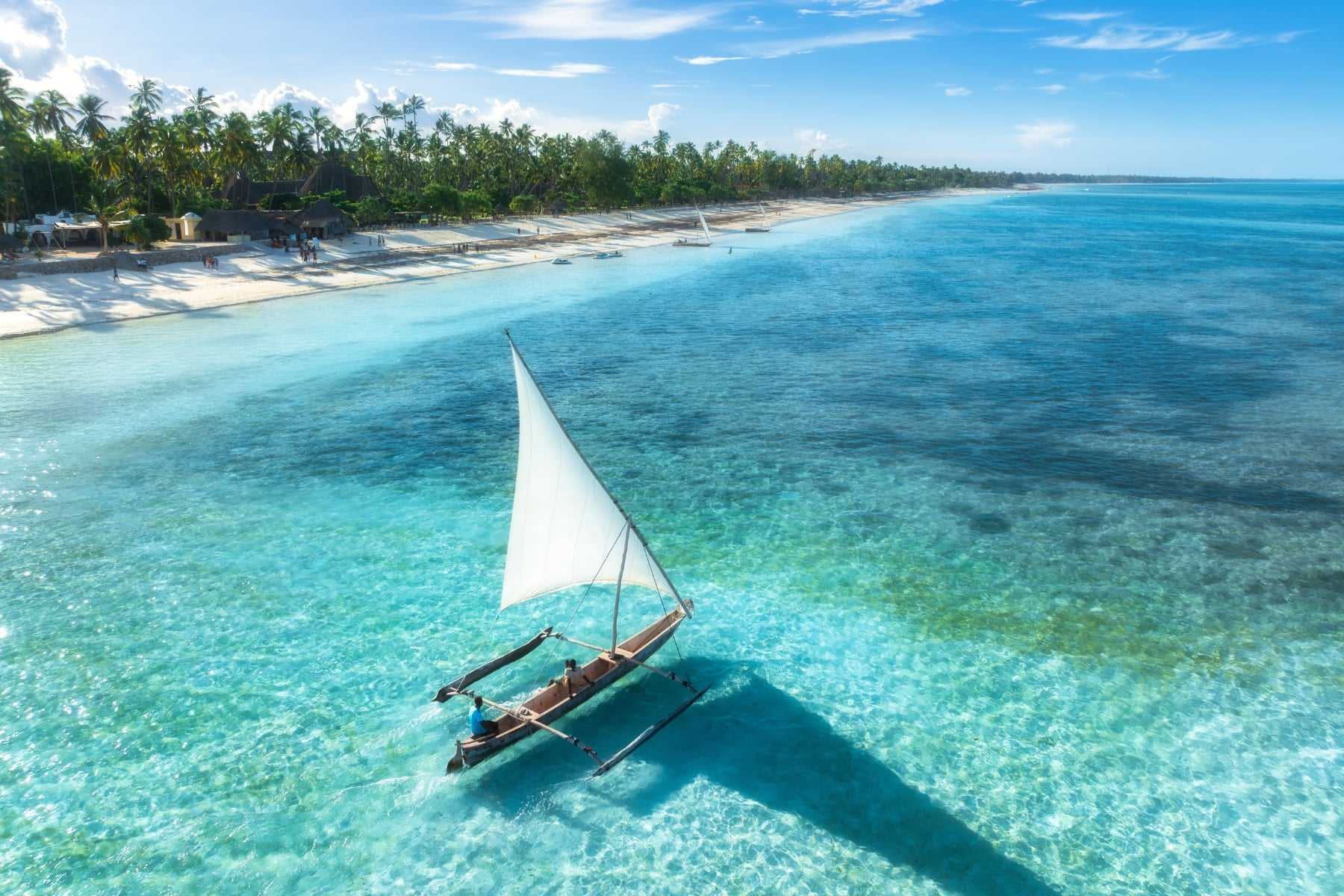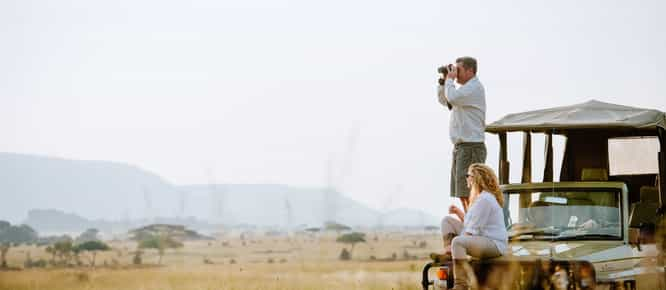Let us paint you a picture; one where mysterious desertscapes turn into pastel-coloured cities, rolling emerald hills become jungles where big cats prowl, and temples turn up in the most unexpected places. This is the Indian Subcontinent, incorporating diverse and vibrant India, sunny Sri Lanka, and Bhutan, one of the most well-kept secrets in Asia. Each country has a bounty of scenery and bucket list moments to offer, and whether you’ve never been or you’re plotting your best trip yet, our Indian Subcontinent guide is here to inspire.
India
Anyone who has skimmed a map of India will know just how big the country is, but choosing where to go becomes easier by breaking it down by the experience you’re looking for. In the north, the Golden Triangle holds some of India’s greatest architectural and historical gems, from icons like the Taj Mahal to the pink-walled city of Jaipur. Throughout Rajasthan (encompassing Delhi, Jaipur, Udaipur and more), you’ll find monolithic forts towering over cities, vast deserts, ivory palaces ‘afloat’ on Udaipur’s lakes, and a maze of streets where ornate havelis rub shoulders with scented stalls selling all manner of wares. And why not spend a magical night camping amongst the dunes of the Thar Desert?
For the wildlife lovers, searching for Bengal tigers in the jungles of Ranthambore in Rajasthan is magical. There are also opportunities elsewhere in the country, notably the central state of Madhya Pradesh and its whopping six protected reserves, where you’re bound to spot the striped cats. The country’s wildlife isn’t all tigers either; keep your eyes peeled for leopards and foraging sloth bears, whilst a trip to India’s largest national park, Periyar, will have you boating down rivers and hiking with members of a local tribe in search of Asian elephants, chattering monkeys and over 300 species of birdlife.
For a more laid-back Indian adventure, escape to a scenic bolthole in the Western Ghats for strolls between tea plantations and (quite literally) a breath of fresh air. The Western Himalayas are one of the best spots for breathtaking views, peaceful ashrams and hikes along quieter-than-quiet mountain trails, or head south to the tranquil southern state of Kerala. Here, there are languid cruises along the backwaters, bicycle rides and some of the best cuisines in India to enjoy.
If it’s R&R and sunshine you’re looking for, India provides with its selection of secluded beach spots along the Malabar Coast and Arabian Sea. Goa is undoubtedly the most famous and the original boho beach destination is still a haven for blissed-out beachgoers – with the addition of some idyllic boutique hotels in recent years. Across the Bay of Bengal, the Andaman Islands are a true oasis where elephants splash in the waves, and you can kayak across bioluminescent waters and dive below amongst dugongs, turtles and rays.
If you’ve ever come across those iconic images of sky-high temples with colourful, incredibly-sculpted facades, they were probably taken in Tamil Nadu, one of the world’s last surviving classical civilisations and home to eight of the largest Hindu temples in Asia. And then there’s Varanasi, the very soul of India and one of the oldest inhabited cities on the planet, where the Ganges River becomes a poignant place of cleansing. India, you’re one of a kind.
Sri Lanka
If you think Sri Lanka is all about finding the sweetest beach spot and spending every day in the water, think again… The island is packed with wonderful wildernesses, ancient history and profound spiritual relics. The Cultural Triangle is a scenic tapestry of citadels, temples and forts that tell the story of Sri Lanka’s dynasties. There is so much to see, whether it’s on a bicycle ride through Anuradhapura, visiting the famous Bodhi tree – believed to be an offshoot of the boughs under which Buddha became enlightened – or making the climb to reach Sigiriya’s rock fortress (or floating above it in a hot air balloon). And how could we forget Kandy, a once-royal capital with historic architecture and beautiful lake vistas.
In Sri Lanka, the leopard is the King of the jungle, and you’ll have plenty opportunity to encounter the polka-dotted powerhouses in Yala National Park, which boasts the largest population in the world. The diverse park is also home to sloth bears, water buffalo and Asian elephant, and the luxury camps make every day an adventure. Yala’s little sister, Wilpattu, also attracts a cast of wildlife with its water features and you’ll have fewer tourists around, and, even further off the beaten track, is Gal Oya where elephant swim past as you cruise, members of the Veddha tribe share their way of life, and there’s only one lodge in the entire park.
But, if it is the sugary coastline you crave, Sri Lanka has no shortage of beaches, smoothie bars and watersports – surfing, snorkelling, sailing, you name it! Delve into a little history in Galle and for some epic whale watching, Weligama is the place to go. Beach time can easily be combined with a few soul-soothing days in Sri Lanka’s lush Hill Country with its cool climate, shimmering lakes and waterfalls, and hiking trails by the dozen. Make the most of it with a train ride to Ella and a trek to Adam’s Peak in Hatton, where you’ll see a footprint rock formation believed to be Buddha’s own.
Bhutan
Closed to foreigners until the 1970s, it’s no surprise that Bhutan is a mystery to most – and a Shangri-La to those who do cross its mountainous borders. A Lilliputian kingdom high in the Himalayas, where every town is surrounded by miles of farmland, forests and valleys, Bhutan has yet to lose its mystical feel even in the hustle of the modern world and across the country, ornate dzongs (fortresses) rise from the landscape and the prayers of monks float through the air.
One of the most impressive forts is the Tashicho Dzong, built without using a single nail, that takes pride of place in Thimphu, Bhutan’s capital. As you’ll find with most towns in the country, this is no bustling epicentre (although you can brush up on your history at the many museums), and quaint shops selling handmade paper and arrows take the place of skyscrapers – and there’s not a traffic light in sight!
If you’ve ever flicked through the pages of a Bhutan travel guide, the Tiger’s Nest Monastery will have certainly caught your eye. Sitting at 3,000 metres above sea level and clinging to a plunging cliffside, it seems to defy gravity – and although the hike is grueling, it’s more than worth it. For a more leisurely experience, there are around 150 temples and monasteries throughout the nearby town and valleys of Paro, and the same goes for Bumthang, where Buddhism first took root in Bhutan and you can discover the legend of the Burning Lake. Why not plan your visit during one of the vivid Tsechus (masked dance festivals)?
It’s a hard call, but Gangtey may be the prettiest area in Bhutan with its rolling grasslands, criss-crossing rivers and chocolate box villages set against the Black Mountains. It’s a fantastic spot for hikes throughout the year, but between November and February is when the endangered black-necked cranes arrive. A symbol for longevity and peace, these elegant birds are a twitcher’s dream.
Not that you need much more convincing, but Bhutan is famous for its welcoming people and the country’s many luxury lodges are masters in hospitality.
